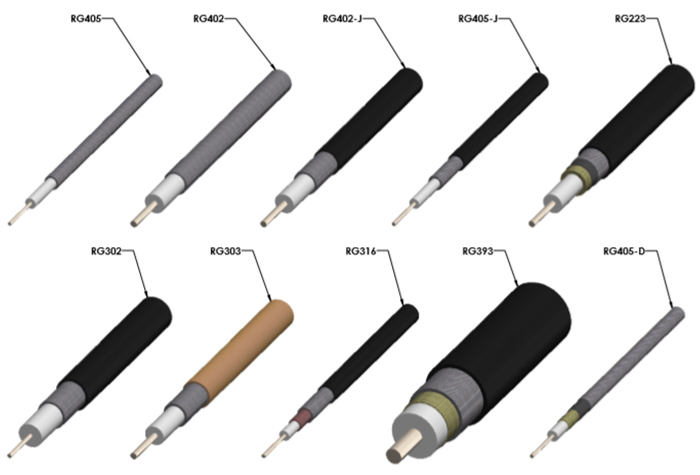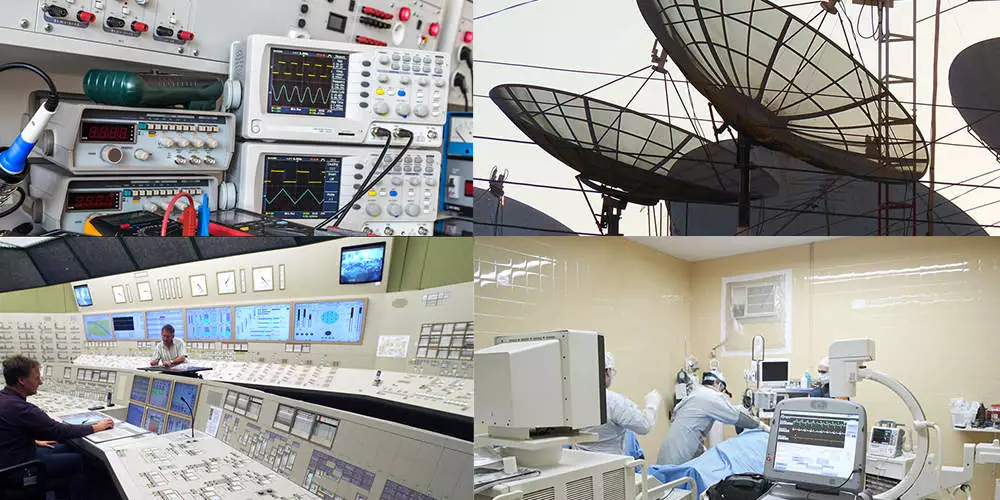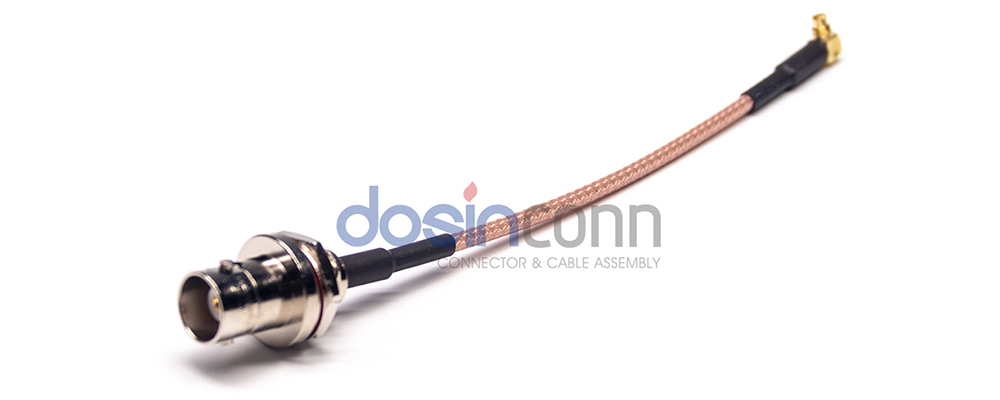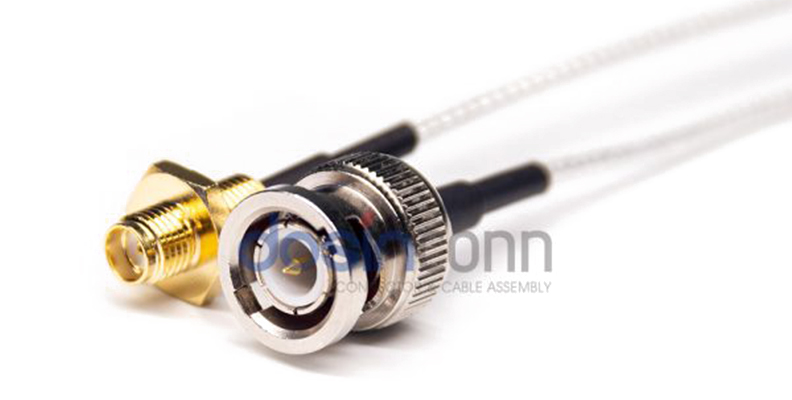RF cable assemblies are an essential component of modern electronic systems. It provides stable and reliable signal transmission between individual components. It usually consists of the following components:
Cable: Cable is the core part of RF Cable. Different application requirements require selecting different types of cables, common coaxial cable, microstrip cable, etc.
Connectors: Connectors connect the interface between cables and devices and include BNC, SMA, N-type, TNC, and other types. Choosing the right connector is very important for RF cable performance and signal transmission.
Insulator: People usually make the insulator of RF Cable from materials such as polyethylene, polyvinyl chloride, polytetrafluoroethylene, and other materials. The insulator keeps the cable’s internal conductors isolated from the external environment.
Shield: People usually make the shield of RF Cable from materials such as aluminum foil, copper mesh, silver foil, and other materials. The shield is a key part of the cable that protects the internal signal from external interference.
Outer sheath: Manufacturers usually make the outer sheath of RF cable from polyvinyl chloride, polyethylene, and fluoroplastics. The outer sheath is the material that protects the internal components of the cable.

RF cable components may vary depending on the application’s needs, but the above components are the most common. These components work together to protect the signal from interference and damage for signal transmission.
Advantages of RF Cable Assemblies
The advantages of RF Cable Assemblies over other methods of connecting RF signals include the following:
Low signal loss: RF Cable Assemblies are internally designed with materials and structures that effectively reduce signal loss and ensure stable signal transmission, thereby improving system performance.
Strong anti-interference ability: RF Cable Assemblies’ shielding layer can effectively isolate external electromagnetic interference signals and improve the reliability of signal transmission.
Easy to install: RF Cable Assemblies are simple to connect and quick to install without any soldering or fixing, thus reducing installation costs.
High reliability: RF Cable Assemblies have a highly stable impedance to ensure the stability of signal transmission, while its connection method can also improve the reliability of the connection.
Wide range of applications: RF Cable Assemblies are suitable for a wide range of applications, including wireless communications, radio and television, radar, aerospace, medical equipment, and other fields, and can meet the needs of different applications.
Based on the above advantages, People widely use RF Cable Assemblies in various RF signal transmission scenarios, such as connecting antennas, transceivers, amplifiers, filters, and other devices to achieve signal transmission and control.
Selecting the Right Connectors and Cables
RF Cable Assemblies has different connectors for different sizes and types of cables to ensure the stability and reliability of the connection.
SMA connector: suitable for connecting RF coaxial cable with a diameter less than 5mm, such as RG-174, RG-316, etc.
BNC connector: Applicable to connect RF coaxial cable with a diameter of about 6mm, such as RG-58, RG-59, etc.
N-type connector: Applicable to connect RF coaxial cable with a diameter of about 13mm, such as RG-213, RG-214, etc.
SMB connector: Suitable for connecting RF coaxial cable with a diameter less than 3mm, such as RG-174, RG-316, etc.

When selecting an RF cable, you need to consider the cable’s specification and type, the connector’s performance, and the application environment’s requirements. Choosing the right connector will ensure you connect the RF cable stably and reliably and meet the application requirements.
Common Application Scenarios of RF Cable
RF cable applications cover a wide range of fields and industries, and the following are some common application scenarios:

Communication field: RF cables find widespread use in mobile communication base stations, microwave communication, satellite communication, broadband access networks, TV broadcasting, and other fields. In these applications, RF cable can transmit high-frequency signals stably and ensure the quality and reliability of communication.
Military: Military radar, communication, navigation, and control systems widely use RF cables. The coaxial cable’s immunity to interference and high-speed transmission capabilities allow it to adapt to extreme environments and cope with complex interference situations.
Medical field: Medical equipment uses RF cables for applications, including medical image acquisition, diagnosis, and treatment. Coaxial cable’s high-frequency signal transmission capability can meet medical equipment’s demand for high-quality signals.
Aerospace field: RF cables are widely used in satellite communications, navigation, flight control, and other fields. Coaxial cable’s high-frequency signal transmission capability and anti-interference ability enable it to adapt to complex space environments and extreme climatic conditions.
Laboratory and research fields: RF coaxial cables are widely used in laboratories for the transmission and testing of high-frequency signals, such as radio spectrum analyzers, oscilloscopes, network analyzers, etc.
In summary, RF cable is a very important high-frequency signal transmission medium widely used in many fields and industries. With the continuous development of technology and the expansion of application scenarios, the application of RF cable is also improving.



